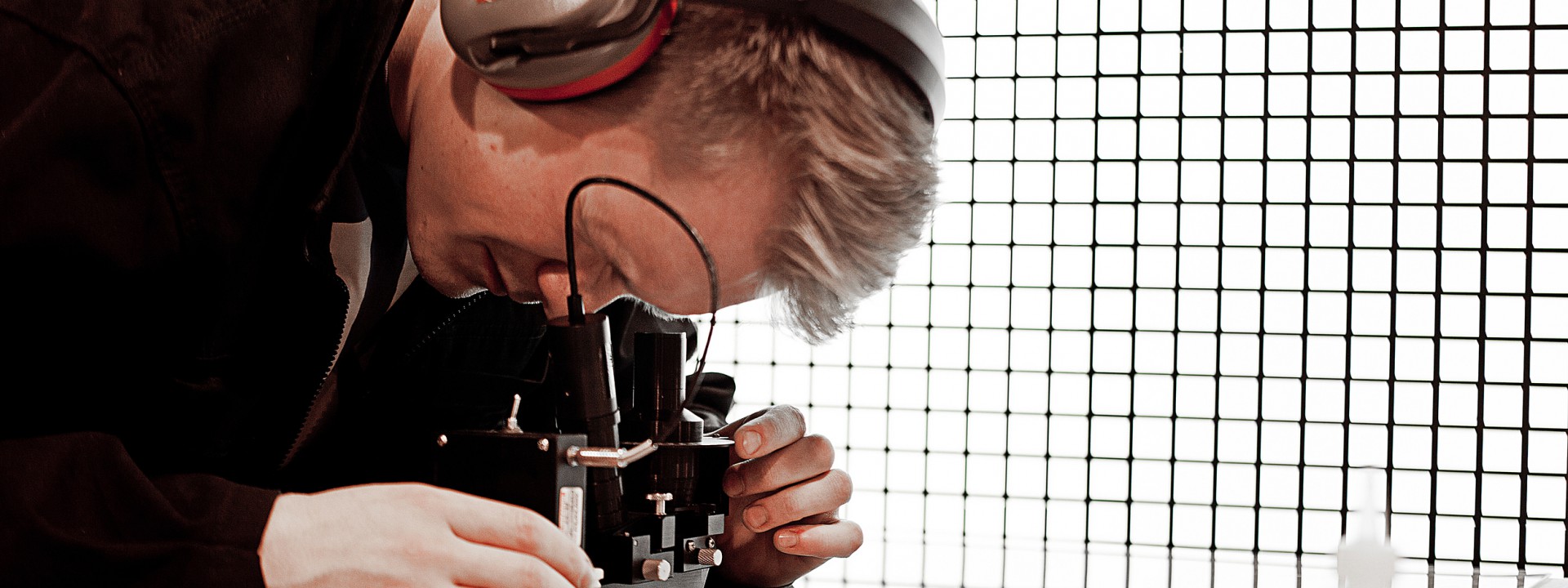
Tempered glass is considered safety glass because when it breaks, it breaks into very small pieces. These small pieces, cullets, can scratch people, but they can’t kill anyone like is the case with larger glass pieces. The main thing for a glass processor who sells tempered glass is to make sure that all products that go out are actually safety glasses.
Here’s a list of ways to make sure you don’t end up recalling you glasses.
1. Do the break test
Safety glass standards define how the tempered safety glass should break. The ANSI Z97.1 standard that is used in North America defines the maximum weight of the largest broken glass pieces.
The EN 12150 defines the number of cullets in a 5 cm x 5 cm area when the glass is broken. Standards in China and Japan follow the EN type of measurements.
The current EN standard defines the cullet count for each glass thickness. The currently valid EN norm defines the minimum requirement to be 15 pieces for 3 mm thick glass and 40 pieces for 4-19 mm thick glass.
To make sure your products are consistently complying to the norm, implement a procedure where you do the break test, for instance, once per hour, and always when changing glass types.
Note: As I’m writing this post, there is already a new proposal for the EN 12150. The main changes are:
Do the break test once per hour and always when changing the glass type.
2. Measure the compressive stress
There are also measurement systems that allow you to test the strength of the glass without breaking it. These systems tell you the surface compression stress of the glass. With thicknesses of 3-19 mm, this correlates very well with the cullet count. Also, the standards usually mention the minimum surface compression. In the EN standard, the minimum surface compression is 90 MPa.
There is always a tolerance in these measurement systems, especially with very high compressive stresses or with very thin glass, such as 2 mm.
With thicknesses of 3-19 mm, glass is tempered if the surface compression is over 90 MPa.
Note: When tempering glass thinner than 3 mm, the surface compression and cullet count no longer correlate in the same way. As an example, 2 mm glass requires surface compression of over 120 MPa to create over 15 pieces of glass cullets per defined area.
Note 2: Bending strength and surface compression are not the same, even though they have the same measurement unit. The surface compression is approximately 20 MPa lower than the bending strength. For example, a 2 mm thick glass has a surface compression of 120 MPa and a bending strength of 140 MPa.
3. Use your tempering line reports
Some tempering lines provide automatic reports that tell you the glass temperature after heating and the actual pressure used to quench/temper the glass. If your measurement technology performs properly, it will indicate if the glass is strong enough. This brings us to the next point.
4. Calibrate measurement systems
Remember to calibrate all your measurement systems both in the tempering line and the glass strength measurement systems. I can’t emphasize this point enough!
注册 Glastory 快讯
我们回答您关于玻璃加工的问题。将您遇到的困难告诉我们,我们一定尽全力帮助您。
Comments are closed.